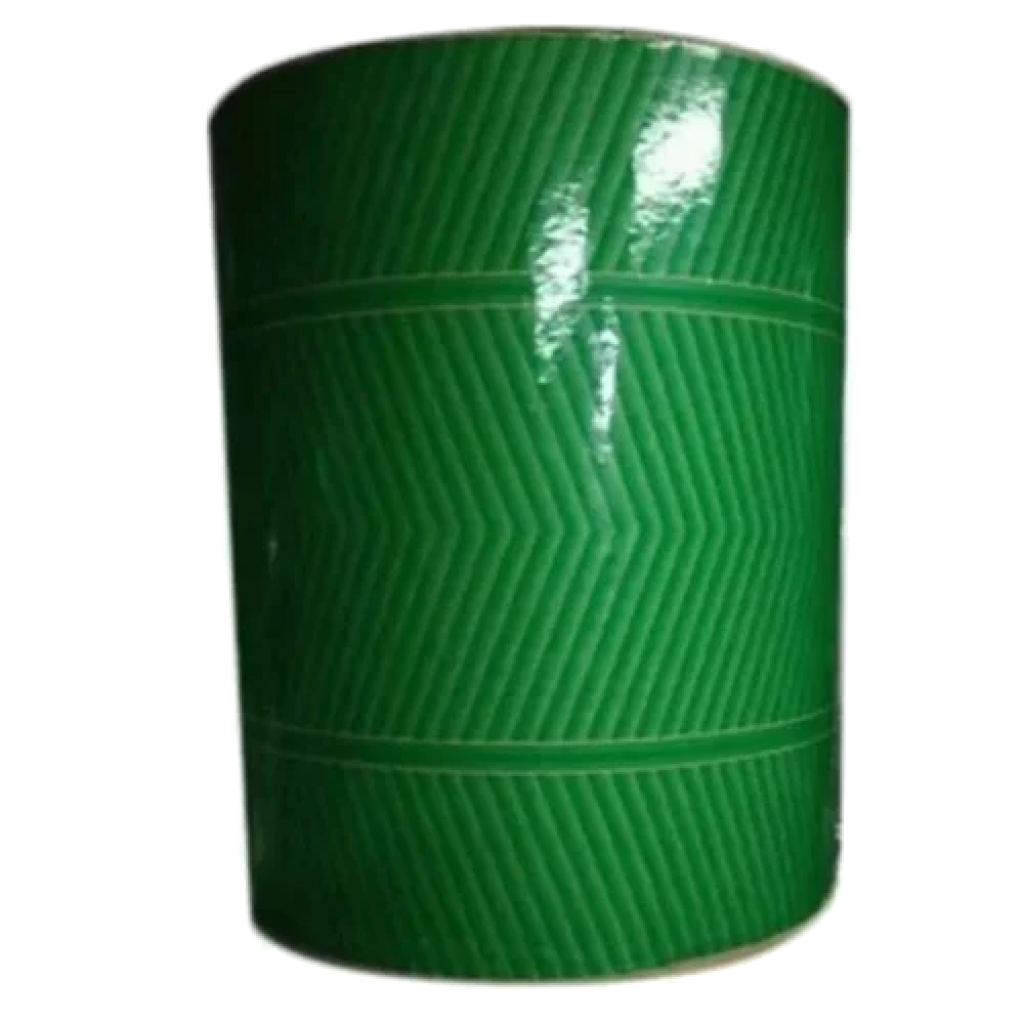Your cart is currently empty!

How to Choose the Best Raw Material for Paper Plate Making
Raw material for paper plate is basically any kind of paper pulp that can be molded and dried into a flat shape. You can use recycled paper, newspaper, cardboard, or even leaves and grass. The best part is that you can customize your paper plates with different colors, patterns, and designs. You can also make them as thick or thin as you want, depending on how sturdy you need them to be.
To make paper plates, you’ll need the following materials:
- A large bowl or bucket
- Water
- Blender or food processor
- Raw material for paper plate (paper pulp)
- Large pot or pan
- Stove
- Colander or strainer
- Mold (a round cake pan, a plastic lid, or a plate)
- Towel or cloth
- Rolling pin or bottle
- Scissors or knife
- Optional: food coloring, paint, glitter, stickers, etc.
Here are the steps to follow:
- Tear your paper pulp into small pieces and soak them in water for a few hours or overnight. This will soften the fibers and make them easier to blend with other materials.
- Drain the water and transfer the paper pulp to a blender or food processor. Add more water if needed and blend until you get a smooth paste. You can also add some food coloring agent at this point if you want to give your paper plates some color to look it beautiful.
- Pour the paper paste into a large pot or pan and bring it to a boil over medium-high heat. Stir constantly and cook for about 15 to 20 minutes or until the paste thickens and becomes sticky. This will help bind the fibers together and make your paper plates more durable.
- Turn off the heat and let the paper paste cool slightly. Then, pour it into a colander or strainer and squeeze out the excess water. You should end up with a wet ball of paper dough.
- Place your mold on a flat surface and cover it with a towel or cloth. Then, take a handful of paper dough and press it onto the mold, spreading it evenly with your fingers. You can use a rolling pin or bottle to smooth out the surface and make it as thin or thick as you want.
- Carefully peel off the paper plate from the mold and trim the edges with a scissors or knife. You can also cut out shapes or patterns with cookie cutters or stencils if you like.
- Repeat the process until you use up all the paper dough. You should be able to make several paper plates depending on the size of your mold and the thickness of your paper.
- Let your paper plates dry completely in a sunny spot or in an oven at low temperature for a few hours. Flip them over halfway through to make sure they dry evenly.
- Once your paper plates are dry, you can decorate them with paint, glitter, stickers, or anything else you want. Be creative and have fun!
- Enjoy using your homemade paper plates for parties, picnics, or everyday meals. You can also compost them when they get dirty or damaged.
Congratulations! You’ve just learned how to make your own paper plates from raw material for paper plate making. I hope you enjoyed this blog post and found it useful. If you did, please share it with your friends and family and leave me a comment below. I’d love to hear from you!
Happy crafting!

FAQ for raw material for paper plate
Q: What is the raw material for paper plate?
A: The raw material for paper plate is usually paper pulp, which is made from recycled paper, wood chips, straw, bamboo, or sugarcane. Paper pulp is a renewable and biodegradable resource that can reduce waste and environmental impact.
Q: How is paper pulp processed into paper plate?
A: Paper pulp is first mixed with water and chemicals to form a slurry. Then, the slurry is poured into a mold and pressed by a hydraulic machine to form a paper plate. The paper plate is then dried, trimmed, and packed for delivery.
Q: What are the benefits of using paper plate?
A: Paper plate has many benefits, such as:
– It is lightweight and easy to carry.
– It is disposable and hygienic.
– It is cheap and cost-effective.
– It is eco-friendly and compostable.
Q: What are the challenges of using paper plate?
A: Paper plate also has some challenges, such as:
– It is not suitable for hot or liquid foods.
– It may not be very sturdy or durable.
– It may not be very attractive or elegant.
– It may not be widely available or accessible.

Leave a Reply